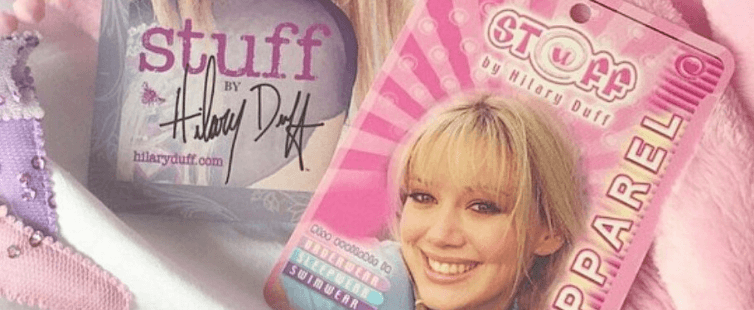The Challenge of ‘Aging’ Celebs

With the growing prominence of kid influencer brands, the challenge is to manage the dual issues of celebrities and kids as the basis of licensing programs.
While kids will be kids, eventually they’re not – they grow up. Their physical attributes mature, voices transform, and their interests and personal goals may totally flip. That’s tricky enough to manage in terms of artistic performances, but in an age in which in which influencers have their own brands, it’s a challenge that surrounds licensing efforts.
New elements
Pocket.watch and Sunlight Entertainment, for example, have been working to integrate new elements into Ryan’s World (i.e. the Red Titan character and the star’s twin 4-year old sisters, Emma and Kate) into the YouTube series to add appeal for younger children as Ryan’s own persona changes.
The challenge isn’t new. Mary-Kate and Ashley Olsen’s brand busted out in the early years of this century, keyed by a Walmart-driven tween-girls’ apparel line that ran for a decade, even as the girls were growing into adult celebrity fashionistas with occasionally tumultuous lives. A couple of years after Mary-Kate and Ashley’s apparel line, came “Stuff by Hillary Duff,” keyed to the squeaky-clean star of Disney’s Lizzie McGuire, but whose image quickly took on a more grownup cast when she moved into more mature film roles within three years.
Tricky to navigate
It can be tricky for partners to navigate.
“An entire program can be ruined with lightning speed these days” with social media, says Jed Ferdinand, senior managing partner at Ferdinand IP Law Group, speaking from the perspective of licensees. “With celebrities, I have moved to economic model where if you do anything that results in an actual business loss and licensed product sales have gone down” by a defined amount in a defined period “there is an option to terminate.”
The same type of agreement should be applied to kid influencers, says Ferdinand. Licensees may need a shorter agreement, given that a kid influencer brand can have a short shelf life.
“I would put milestones in there, so that you can get out of the agreement if it doesn’t go the way you want it to,” agrees Greg Battersby, Managing Member of The Battersby Law Group. “There is some creativity required, because it’s impossible with a young talent to have a clause about aging out, but you certainly can keep the agreements short enough with options. It could be a two-year deal with a one-way option for another two years that requires paying additional fees. That builds protection for the licensee.”
As with any venture, licensees are going to heavily research influencer viewership/subscriber numbers before signing an agreement. But that can be tricky, notes Mad Engine’s Dean Allen. It can be “hard to know what you’re getting, because people buy ‘users’ and ‘likes’ and do anything sometimes [to seem] to be more popular than they really are. It can be a very deceptive business and you are constantly going out and looking at conversion and how fast they are growing.” And, he notes, it’s about more than just numbers: “You could have a billion YouTube views, but it doesn’t mean it’s going to translate into consumer product.”




